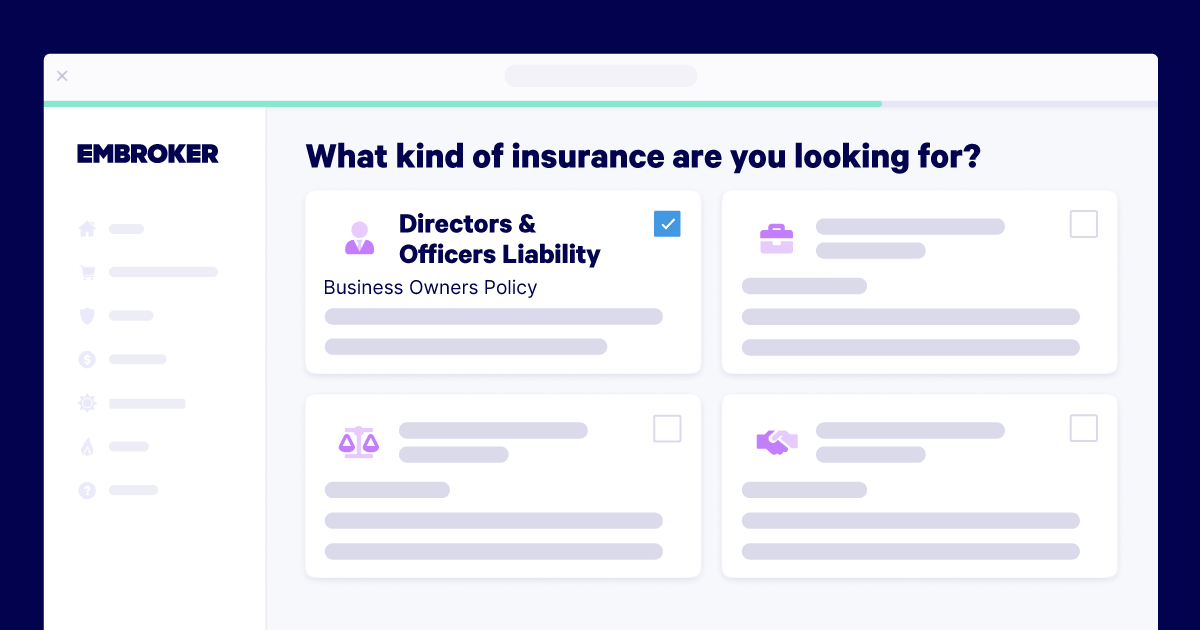In today’s dynamic corporate landscape, understanding and planning for various types of business risks is crucial for long-term success and sustainability. As a leader, you’re undoubtedly familiar with the old adage, “Hope for the best, but prepare for the worst.” This wisdom couldn’t be more relevant when it comes to managing business risks.
In this article, we’ll explore the primary types of business risks you’re likely to encounter and provide actionable strategies to help you plan for and mitigate these challenges. By the end, you’ll have a comprehensive understanding of your company’s risk landscape and the tools you need to protect your business.
How do you handle risk?
Take our Risk Archetype Quiz to find out if your risk mitigation strategies are helping your business thrive, survive, or otherwise.
Take the Quiz
Understanding business risk
Before we dive into specific types of risks your organization may face, let’s define what we mean by “business risk.” Simply put, business risk refers to the potential for a company to experience decreased profits or even financial losses due to uncertainties or unforeseen events. These risks can arise from internal or external factors — such as operational inefficiencies and poor management decisions, or regulatory changes and economic downturns, respectively — and can significantly impact your company’s ability to achieve its strategic, financial, and operational objectives.
Key types of business risks
1. Financial risk
Financial risk is perhaps the most obvious type of business risk, encompassing issues related to a company’s financial health and stability.
Subtypes include:
- Credit risk: The possibility that your debtors will default on their obligations
- Liquidity risk: The risk that you won’t have sufficient funds to meet short-term obligations
- Market risk: Potential losses due to changes in market conditions, such as interest rates, exchange rates, or commodity prices
How to plan for financial risks:
- Maintain a robust cash flow management system
- Diversify your investment portfolio
- Implement strict credit control policies
- Consider hedging strategies for market-related risks
2. Strategic risk
Strategic risks arise from poor decision-making or the failure to adapt to changes in the business environment.
Examples include:
- Entering new markets without adequate research
- Failing to innovate in the face of changing consumer preferences
- Misalignment between business strategy and market realities
How to plan for strategic risks:
- Conduct regular SWOT analyses
- Stay informed about industry trends and competitor activities
- Foster a culture of innovation within your organization
- Develop flexible strategic plans that can adapt to changing circumstances
3. Operational risk
Operational risks are related to the day-to-day running of your business and can stem from internal processes, people, or systems.
Common operational risks include:
- Equipment failure
- Supply chain disruptions
- Human error or misconduct
- IT system failures or cybersecurity breaches
How to plan for operational risks:
- Implement robust quality control processes
- Develop and regularly update business continuity plans
- Invest in employee training and development
- Maintain up-to-date IT systems and cybersecurity measures
4. Compliance and legal risk
These risks arise from the failure to comply with laws, regulations, or industry standards applicable to your business.
Examples include:
- Regulatory fines or penalties
- Lawsuits from customers, employees, or partners
- Reputational damage due to noncompliance
How to plan for compliance and legal risks:
- Stay informed about relevant laws and regulations
- Implement a comprehensive compliance program
- Conduct regular internal audits
- Seek legal counsel when necessary
5. Reputational risk
Reputational risk refers to the potential damage to your company’s image or brand due to negative publicity or customer dissatisfaction.
Sources of reputational risk can include:
- Product recalls or quality issues
- Ethical scandals
- Poor customer service
- Negative social media attention
How to plan for reputational risks:
- Prioritize product quality and customer satisfaction
- Develop a strong corporate social responsibility program
- Create and maintain a crisis communication plan
- Monitor your online reputation and engage with customers on social media
6. Environmental risk
Environmental risks are becoming increasingly important in today’s business world. These risks can stem from natural disasters, climate change, or your business’s impact on the environment.
Examples include:
- Natural disasters disrupting operations
- Increased costs due to environmental regulations
- Reputational damage from perceived environmental irresponsibility
How to plan for environmental risks:
- Develop sustainable business practices
- Create disaster recovery plans
- Consider environmental insurance
- Stay informed about environmental regulations affecting your industry
Implementing a comprehensive risk management strategy
Now that we’ve explored the main types of business risks, it’s essential to develop a holistic approach to risk management. Here are some key steps to implement a comprehensive risk management strategy:
- Identify risks: Regularly assess your business environment to identify potential risks across all categories.
- Analyze and prioritize: Evaluate the likelihood and potential impact of each identified risk, and prioritize them accordingly.
- Develop risk mitigation strategies: Create specific plans to address each prioritized risk, focusing on prevention and mitigation.
- Implement controls: Put systems and processes in place to monitor and manage risks on an ongoing basis.
- Review and update: Regularly review your risk management strategies and update them as your business and the external environment evolve.
- Foster a risk-aware culture: Encourage employees at all levels to be aware of potential risks and contribute to risk management efforts.
Conclusion
Understanding and planning for the various types of business risks is not just a defensive measure — it’s a proactive strategy that can give your company a competitive edge. By identifying potential risks early and developing robust mitigation strategies, you can protect your business from unforeseen challenges and position it for long-term success.
Remember, the goal isn’t to eliminate all risks — which would be impossible — but to manage them effectively. With a comprehensive understanding of the types of business risks and a solid plan in place, you’ll be well-equipped to navigate the complexities of today’s business landscape and turn potential threats into opportunities for growth and innovation.
So, take the time to assess your business’s risk profile and start implementing these strategies today. Your future self (and your stakeholders) will thank you for it.

2024 Tech Company Risk Index is here
AI, staffing, the economy, and more. Find out what your industry is dealing with, and what you can to do mitigate your risks.
Learn More











